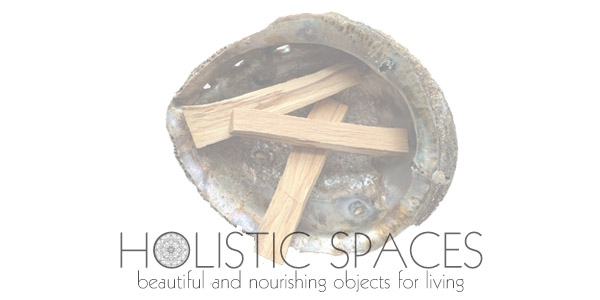Water fountains, available in a variety of styles and sizes, add beauty and harmony to a space while improving air quality and mood. Pair with plants for an ideal design.
see more eHow.com videos here
Video Transcript:
Hi, my name is Anjie Cho, and I would like to share with you tips on how to decorate a room with water fountains and plants. Since I’m a feng shui designer, I will also share with you the feng shui applications and meanings.
Water fountains are a great way to add beauty, sound, and humidity for a tranquil and harmonious space. The soothing sounds of water trickling can relax your mind and lower stress levels. The circulating water also releases negative ions which help to purify the air, just like with waterfalls and the ocean. The negative ions produced by the circulating water improve mood and feelings of well-being. The water also creates humidity that moistens the air for humans and for plants – it’s a natural humidifier.
There are different types of fountains that you can have in your home. There are floor fountains that are often tall – they sit on the floor. They are nice to locate next to a wall. There’s also wall-mounted fountains that you can hang on the wall. Be sure to get them installed by a professional with the correct tools and wall anchors, because the wall-mounted fountains can be really heavy.
What I have here is a tabletop fountain. It’s the smallest and easiest way to incorporate a fountain into a room. The tabletop fountains fit easily on a shelf, desk, side table, or anything with a horizontal surface near an electrical outlet. This one is made with resin, stones, and a black metal base. It’s in the shape of a lotus flower, which is a metaphor of beauty coming forth from any situation.
There’s also fountains made with different materials, such as stainless steel and copper. Stone and ceramics are also frequently found. And, sometimes they’re made of resin like this one, that it could be made to simulate different things like natural stone. The style depends upon the décor of your home. Some have lighting, others do not.
In feng shui, water fountains add the element of water to a space, which represents wealth, abundance, and cash flow. An ideal location is near an entry, which is said to stimulate cash to flow into your home from the outside. If used in this manner, it’s better to have a fountain that has a water flow up, and then down. If it’s directional, the flow should be into the home. That way, the wealth flows into your space and not out of your space.
Be sure to maintain them well – nothing’s worse than a fountain with funky water, algae, and slime. Many manufacturers suggest that you use only distilled water. Most tap water has minerals in it that will develop deposits on your fountain and clog the pump. If they do develop, scrub them as soon as they show up so they don’t become permanent. You can also add hydrogen peroxide to the water to inhibit the growth of algae, slime, and other microorganisms. It will keep everything running smoothly. Also, placing the fountain away from sunlight helps prevent algae growth. Never let the pump run dry, so be sure to check the water levels regularly. If it does run dry, it will shorten the life of the pump.
Finally, plants pair perfectly with fountains. The fountain provides negative ions, and the plants provide oxygen. The larger fountains can house plants within them. If you have a small fountain like this, it’s really beautiful to surround it with potted plants, and you can have stands to create a tiered effect.
I’m Anjie Cho, feng shui interior architect with Anjie Cho Architect, and founder of Holistic Spaces. And, this is has been how to decorate your room with water fountains and plants.
by Anjie Cho






